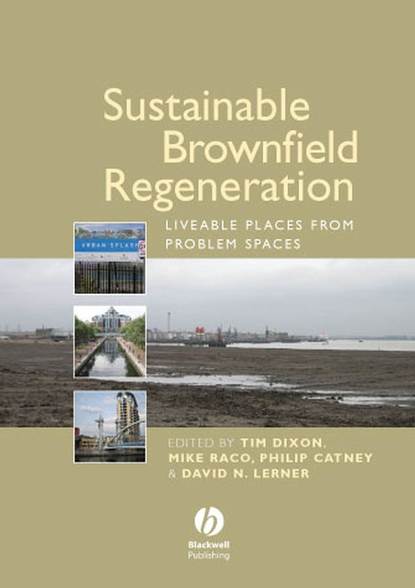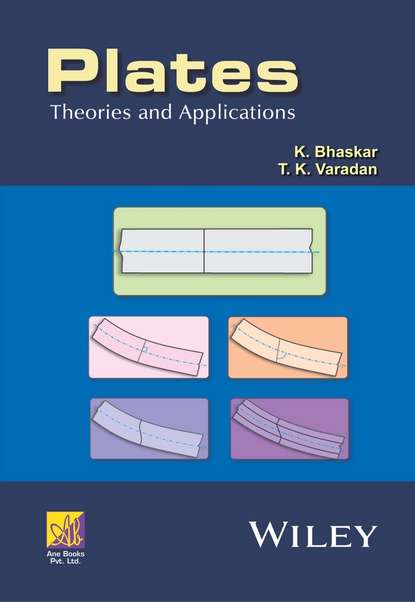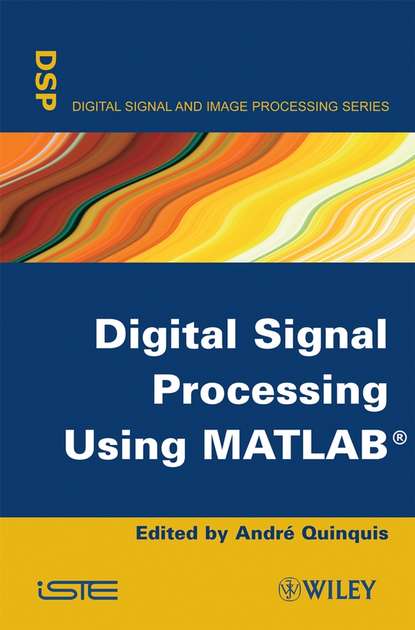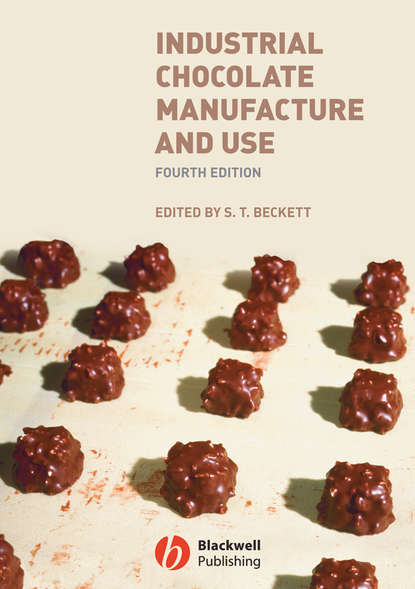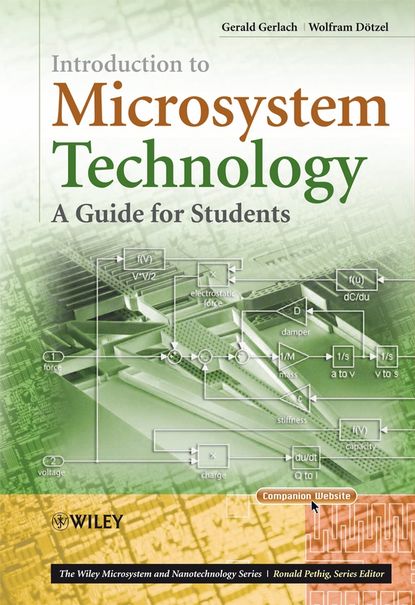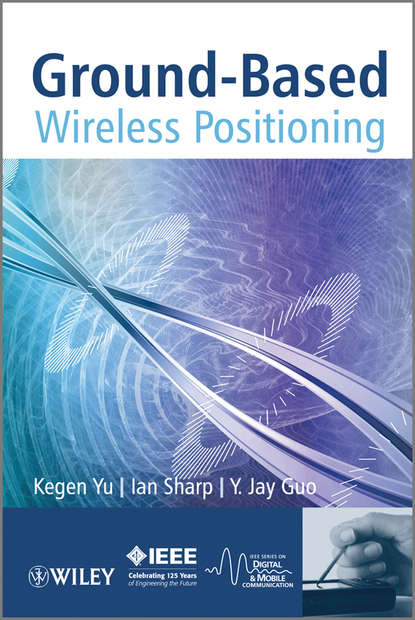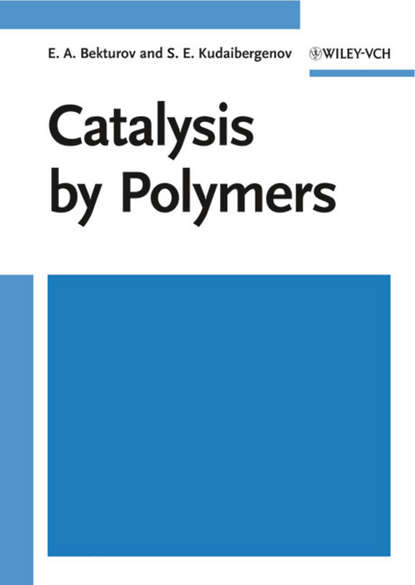“Sustainable Brownfield Regeneration” - книга, написанная Майклом Рако, которая представляет собой всеобъемлющий обзор политики, процессов и практик Великобритании в области регенерации на заброшенных территориях, а также предлагает комплексный и основанный на теоретических принципах подход к выявлению лучших практик. Регенерация на заброшенных территориях стала одним из основных факторов развития политики в развитых странах. По оценкам, на территории Англии насчитывается более 64 000 гектаров заброшенных земель, значительная часть которых представляет серьезную экологическую угрозу и находится рядом с некоторыми из наиболее обездоленных сообществ в стране. Привлечение таких земель к активному использованию стало неотложной задачей для политиков, застройщиков и других заинтересованных сторон в процессе развития. Однако часто политика и практика были основаны на менталитете “отсеков”, в котором интегрированные и междисциплинарные подходы к решению проблем были ограничены. Книга преследует две основные цели. Во-первых, рассмотреть способы объединения научных и социальных научных дисциплин, чтобы помочь решить важные проблемы регенерации на заброшенной территории, с
Sustainable Brownfield Реgeneration представляет собой всеобъемлющее изложение политики, процессов и практики Великобритании в отношении регенерации "brownfield" и использует комплексный и теоретический подход для осветления лучшей практики. Регенерация "brownfield " стала ведущим политическим индикатором в развитых странах.
Электронная Книга «Sustainable Brownfield Regeneration» написана автором Mike Raco в году.
Минимальный возраст читателя: 0
Язык: Английский
ISBN: 9780470691403
Описание книги от Mike Raco
Sustainable Brownfield Regeneration presents a comprehensive account of UK policies, processes and practices in brownfield regeneration and takes an integrated and theoretically-grounded approach to highlight best practice. Brownfield regeneration has become a major policy driver in developed countries. It is estimated that there are 64,000 hectares of brownfield land in England, much of which presents severe environmental challenges and lies alongside some of the most deprived communities in the country. Bringing such land back into active use has taken on a new urgency among policymakers, developers and other stakeholders in the development process. Frequently, however, policy thinking and practice has been underpinned by ‘silo’ mentalities, in which integrated and multidisciplinary approaches to problem-solving have been limited. The book has two principal aims. The first is to examine the ways in which science and social science research disciplines can be brought together to help solve important brownfield regeneration issues, with a focus on the UK. The second is to assess the efficiency and effectiveness of different types of regeneration policy and practice, and to show how ‘liveable spaces’ can be produced from ‘problem places’. The Thames Gateway in the south of England and Greater Manchester in the North of England are shown as examples of how brownfield regeneration projects are developing in an era where sustainability is high on the policy agenda. From the Foreword by Paul Syms, National Brownfield Advisor, English Partnerships: ‘Ensuring the effective and efficient reuse of brownfield land is an essential part of the British Government’s land use policies in support of sustainable communities. [This book] recognises that reusing brownfield land is not just about over-coming technical issues to remove contamination or other physical problems with the ground. It highlights the importance of engaging with the many different stakeholders whose opinions and concerns need to be taken into account if sustainable outcomes are to be achieved. The authors also recognise that brownfield land reuse is not just about building new homes or places of employment – the creation of new green spaces can be just as important.’
